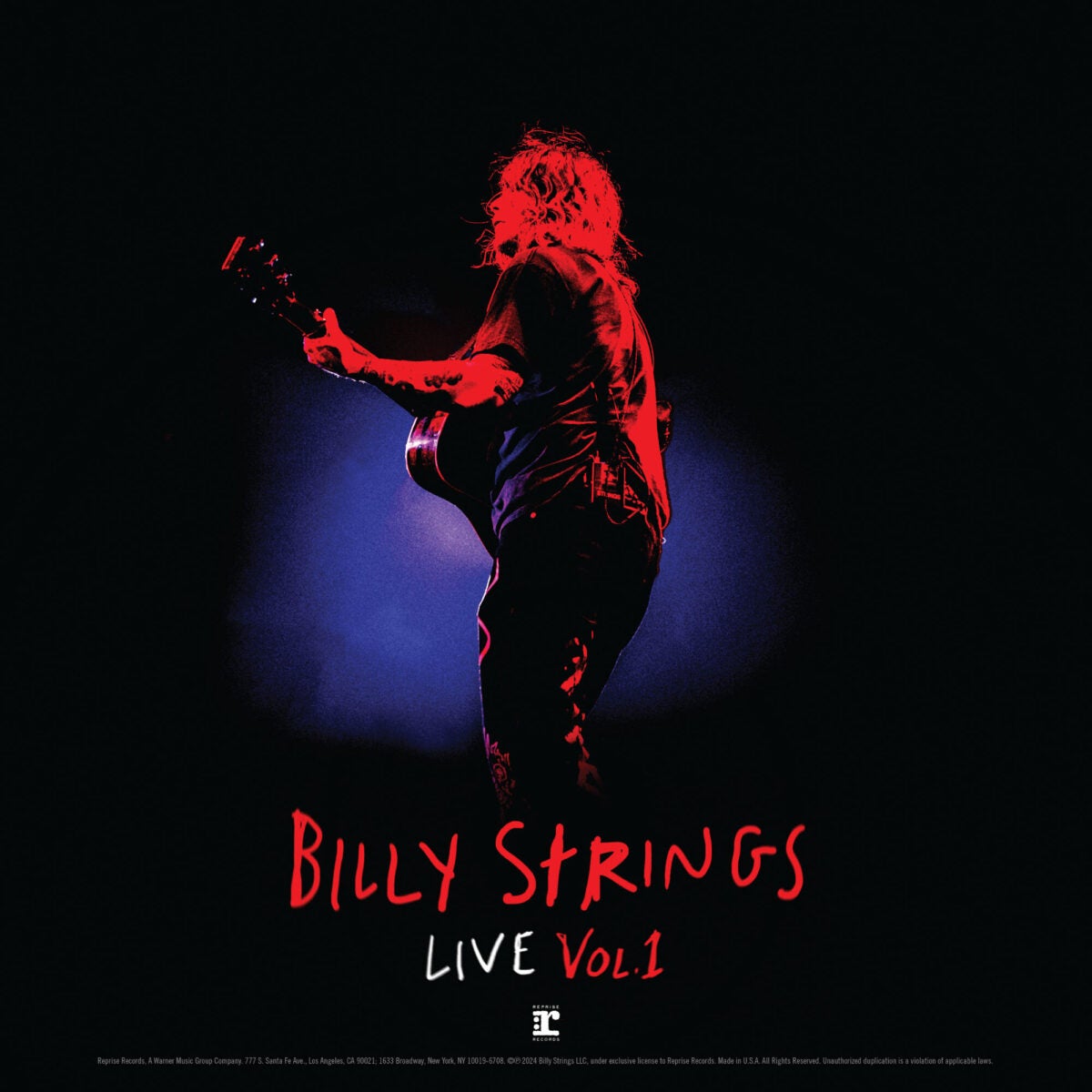
Cover art created by Alex Tenta for the album, "Billy Strings | Live Vol. 1."
Music genres, much like fashion, ebb and flow with societal trends. What was once out of style can quickly find itself back in the spotlight. Such is the case with bluegrass, a genre that since its start in the 1940s has continued to blend tradition with contemporary influences.
Once considered a niche corner of Americana, bluegrass has found itself at the center of a cultural resurgence. Among the largest artists at the forefront of this revival is Grammy-winning artist Billy Strings, whose rapid rise reflects the genre's contemporary success. His 2024 album “Highway Prayers” propelled his career – and the revival of old-time music – to new heights as the first Bluegrass album to top sales charts since 2002.
Strings’ mastery of flatpicking - a method of strumming most commonly associated with the string-band style of Appalachia - is merely one way he has become a champion of the genre. But it is more than just this that has allowed him to take bluegrass to new heights. His use of these traditional instrumentation styles has paid homage to the origins of the genre, while still infusing it with progressive sounds of rock and jam-band culture. In an interview with The Bluegrass Station, Strings said “Yeah, I love some death metal and some rock ‘n’ roll and blues. I like all sorts of stuff.” He continued, “I want to get so far away from that ‘This is bluegrass and this ain’t’ as I can. It’s just music. I’m just trying to let myself be free with music.” Strings has exemplified this goal through collaborations with artists like country star Luke Combs and pop-rock icon Post Malone, expanding the reach of bluegrass beyond its traditional audience.
At the 2025 Grammy Award show, Strings yet again exemplified the genre’s resurgence when his inaugural live album, “Live Vol. 1”, won best bluegrass album of the year - an award first presented in the 1990s. The 10-song album featured fan favorites like “Dust in a Baggie” and “Away from the Mire” — hits that capture the energy that has become his trademark. His live performances, often centered around long instrumental jams, incorporate musical influences like Phish and the Grateful Dead, solidifying him as an innovative Bluegrass musician.
Though Strings may be the modern face of Bluegrass, the genre's evolution could not have been made possible without its early pioneers. The genre traces its roots back to the folk and old-time traditions of 20th century southern Appalachia, when it was commonly referred to as ‘hillbilly’ or ‘mountain music’. The genre was formally defined in the 1940s by Bill Monroe – often proclaimed as the father of Bluegrass – who pioneered the genre’s acoustic sound alongside his band the Blue Grass Boys. Monroe’s influence, along with that of trailblazers like Lester Flatt and Earl Scruggs, laid the fundamentals for the traditional bluegrass sound that remains the foundation of the genre today.
